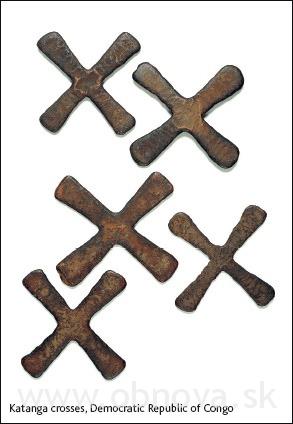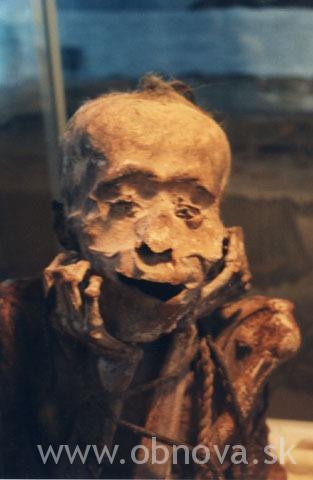Portraits on coins and medals
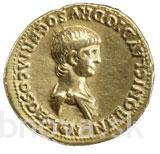
The British Museum, until 18 July 2004
This exhibition looks at the story of the familiar feature of many of the coins we use today: the side bearing the head of the head of state (in the UK this is HM Queen Elizabeth II). Before the widespread use of photography and the printed image, coins and medals could transmit an image of a ruler far more widely than any other medium – and were therefore an important and convenient way to consolidate power and assert influence. As artefacts, they remain a fascinating record of images of people who lived in times long past. The first portrait coins appeared just before 400 BC in Asia Minor and the display follows the use of personal images on coins up to the time of Napoleon. The latter provides an opportunity through the survival of his death mask to compare his actual face to the official images.
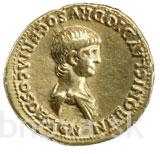
Gold aurei of Nero, Roman, mid-1st century AD
In ancient times using the head of a ruler on coins was a way for local issuers to gain credibility by association and in the same way many people wishing to consolidate their position have copied recognised and accepted styles. We can see on some of the earliest Greek portrait coins the development of a feature we still use today, labelling the head with the ruler’s name (and sometimes titles), written around the edge of the coin. The use of coin portraits soon spread to ancient Iran in the 2nd century BC and then on to Roman coins. The influence of Roman style coin portraits can clearly be seen in many Renaissance medals as well as painted and engraved portraits, for example a print of about 1500 of the school of Leonardo da Vinci, on show in the exhibition.
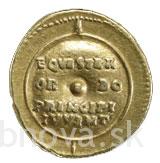
Gold aurei of Nero, Roman, mid-1st century AD
We can also see coins that have allowed rulers to manipulate their image and present themselves as anything from warrior to god-like, but perhaps coins which show the ageing of the person depicted are a clue to how concerned some rulers were to presenting a life-like public image.
Gallery talks: 11 May, 8 June

